14 Rare Animals That Live in Just One Country
Some animals are so unique that they are found in just one country, making them an important part of that nation’s natural heritage. These rare creatures often face threats from habitat loss, poaching, and climate change. While some are well-known, others remain elusive and little understood. Conservation efforts are crucial to their survival, as they play key roles in their ecosystems. By protecting these animals, we help preserve biodiversity and ensure future generations can appreciate their beauty.
This post may contain affiliate links, which helps keep this content free. Please read our disclosure for more info.
Vaquita (Mexico)
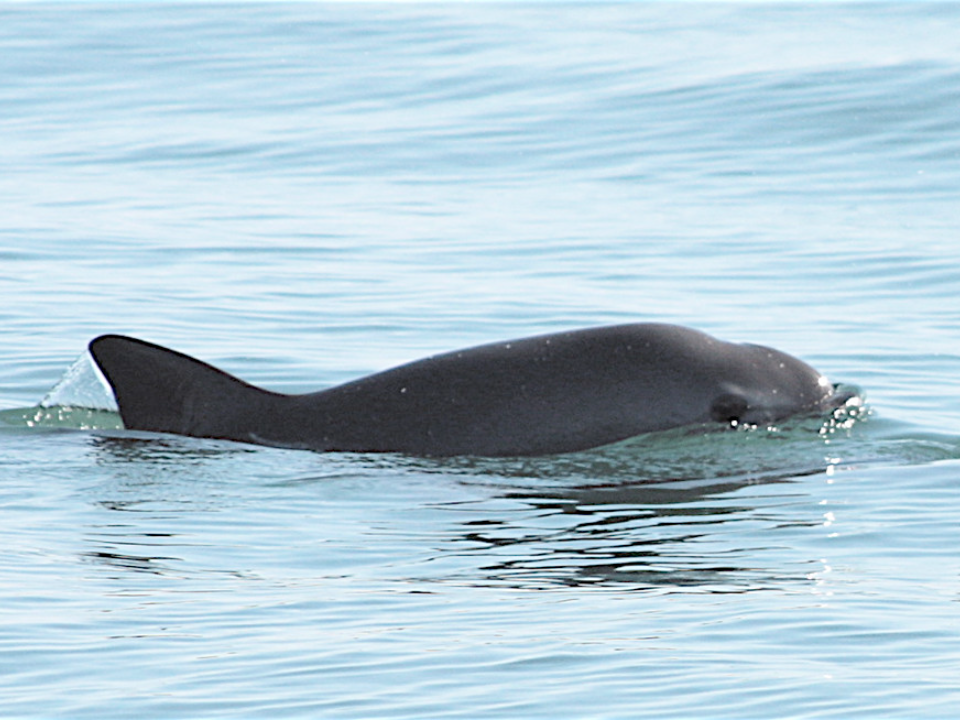
The vaquita is a small porpoise found only in the northern part of the Gulf of California, Mexico. This marine mammal is critically endangered, with only an estimated few dozen individuals remaining. The vaquita lives in shallow, murky waters, primarily near the coastline, where they feed on small fish and invertebrates. The main threat to their survival comes from gillnets used in illegal fishing, which often trap and drown these animals.
Efforts to protect the vaquita have intensified in recent years, with conservation groups and the Mexican government taking steps to remove gillnets from the vaquita’s habitat. Despite these efforts, the vaquita population continues to dwindle, making this species one of the most endangered marine mammals in the world. Conservationists are pushing for stricter enforcement of bans on illegal fishing practices to prevent the vaquita from going extinct.
Kakapo (New Zealand)
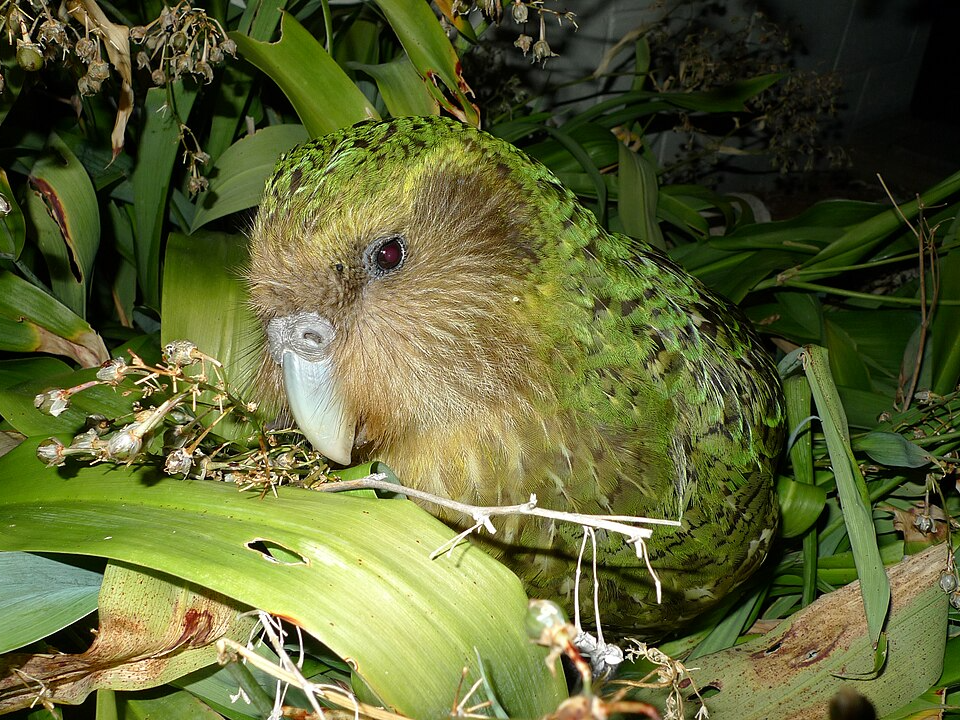
The kakapo is a flightless parrot native to New Zealand, making it unique among other parrots. Known for its nocturnal habits and owl-like appearance, the kakapo has a distinctive green plumage and an unusual booming call. Once widespread throughout New Zealand, the kakapo now exists only in a few predator-free reserves where conservationists monitor them closely.
Efforts to save the kakapo from extinction include intensive management programs, such as hand-rearing chicks and ensuring they are free from invasive predators like rats and stoats. The species’ small population and specialized diet make recovery a slow process, but the numbers have started to increase thanks to the dedication of wildlife preservation teams.
Pinta Tortoise (Galápagos Islands, Ecuador)
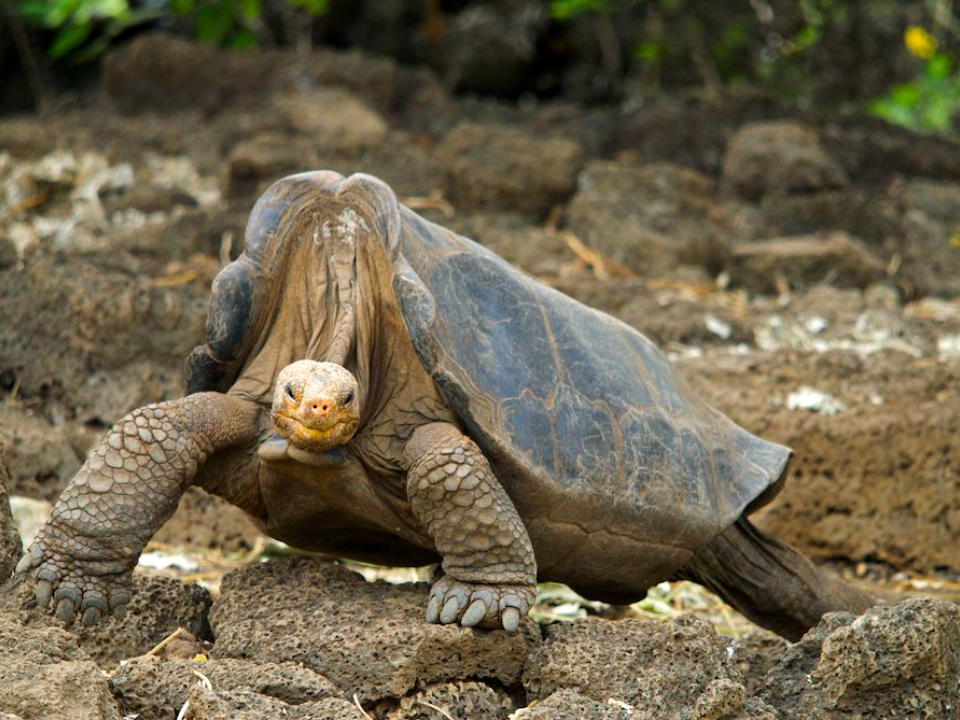
The Pinta tortoise, native to Pinta Island in the Galápagos archipelago, was thought to be extinct until the discovery of the last known individual, Lonesome George, in the 1970s. Lonesome George was a symbol of the fragility of species and efforts to conserve them, as he was the last surviving member of his kind. Sadly, he passed away in 2012, but breeding programs have continued with other closely related tortoises in the hope of reviving the species.
The Pinta tortoise was an important part of its ecosystem, feeding on a range of vegetation and helping to shape the landscape. While efforts to repopulate the island with similar species have been successful, the Pinta tortoise remains a symbol of the importance of preserving biodiversity.
Axolotl (Mexico)
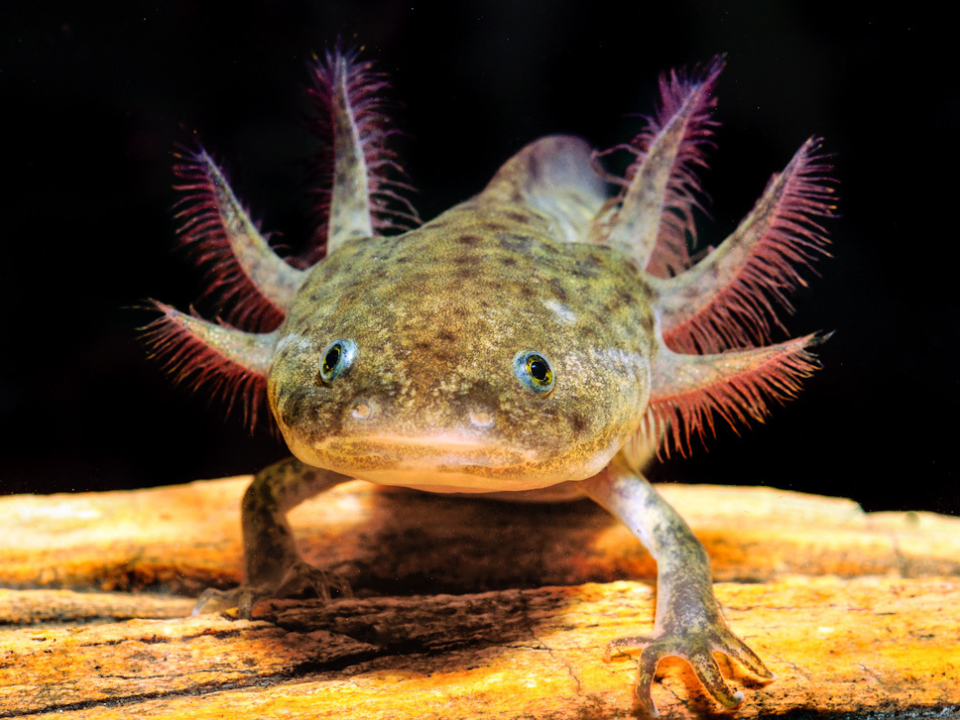
The axolotl, also known as the Mexican walking fish, is a critically endangered amphibian found only in the lakes surrounding Mexico City. Known for its ability to regenerate limbs, spinal cord, and even parts of its heart, the axolotl has fascinated scientists for years. Unlike most amphibians, the axolotl does not undergo metamorphosis but remains in its aquatic larval form throughout its life.
In the wild, the axolotl is threatened by habitat loss due to urbanization and the introduction of invasive species. Conservation efforts include breeding programs and habitat restoration to protect the remaining wild populations. The axolotl’s ability to regenerate has made it a valuable species for scientific research into tissue regeneration and stem cells.
Iriomote Cat (Japan)
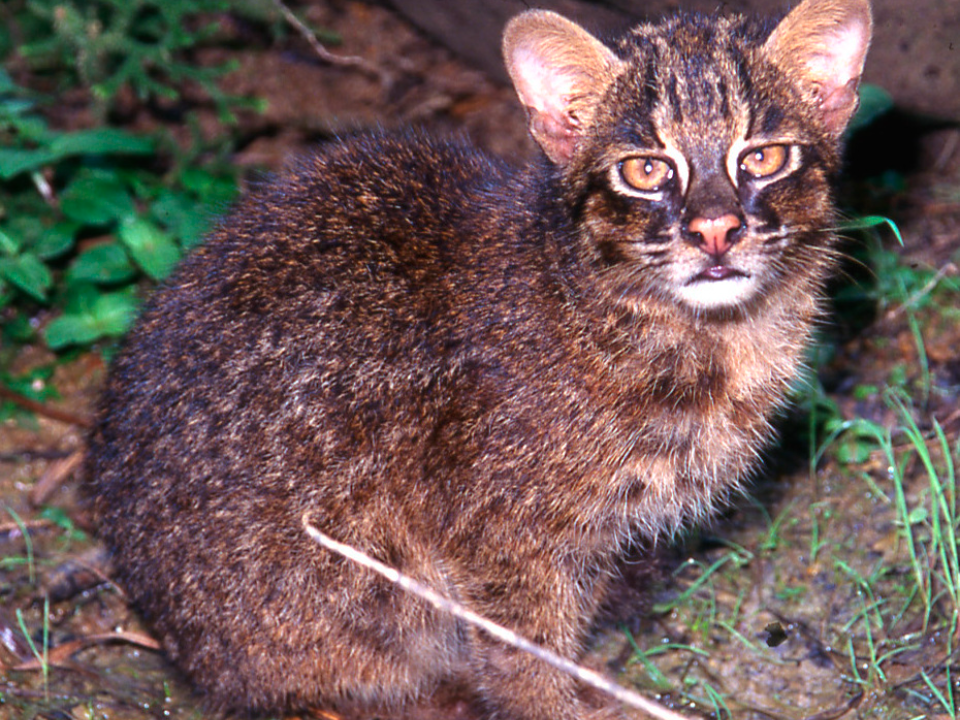
The Iriomote cat is a small wildcat found only on the Japanese island of Iriomote. This elusive predator is one of the rarest cats in the world, with fewer than 100 individuals remaining in the wild. The Iriomote cat is known for its solitary and nocturnal habits, preying on small mammals, birds, and amphibians.
Conservation efforts focus on protecting the cat’s dense forest habitat, which is under threat from deforestation and development. The island’s limited space and the cat’s small population make it particularly vulnerable to extinction. Protection of the Iriomote cat is crucial not only for the species but also for maintaining the balance of the island’s ecosystem.
Golden Poison Dart Frog (Colombia)
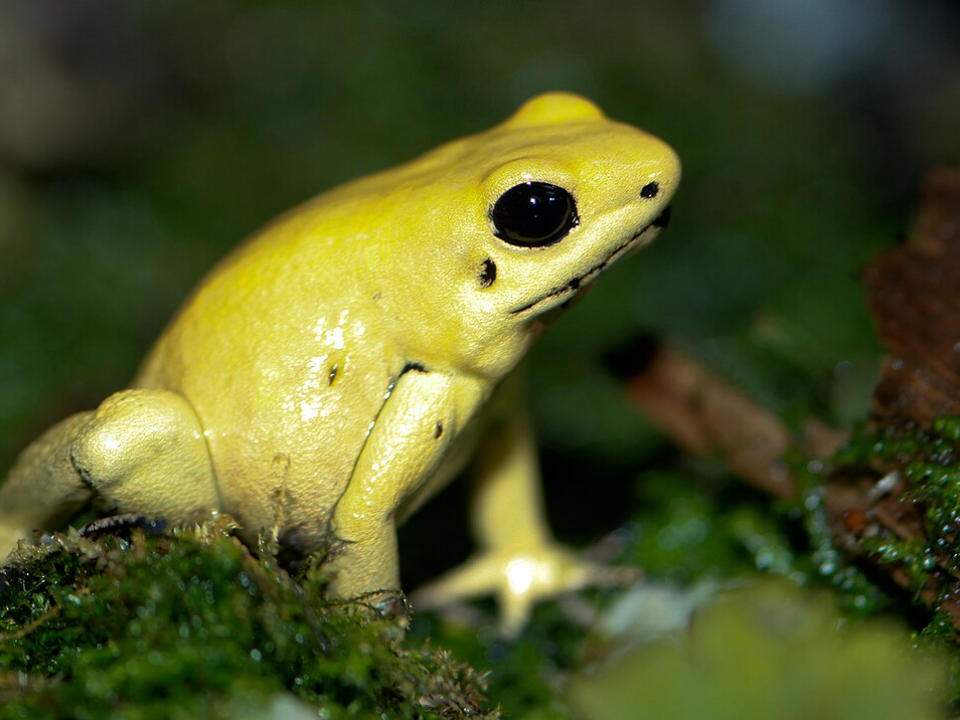
The golden poison dart frog, one of the most toxic animals on the planet, is native to the rainforests of western Colombia. Its bright yellow skin serves as a warning to predators, and the frog’s venom can cause severe reactions in those who come into contact with it. Despite its toxicity, the golden poison dart frog plays an important role in its ecosystem by helping control insect populations.
This species is threatened by habitat loss, as the rainforests of Colombia continue to be cleared for agriculture and development. Conservation efforts include habitat restoration and the protection of the species from the illegal pet trade. The golden poison dart frog remains a symbol of both the beauty and danger found in nature’s most unique species.
Philippine Tarsier (Philippines)
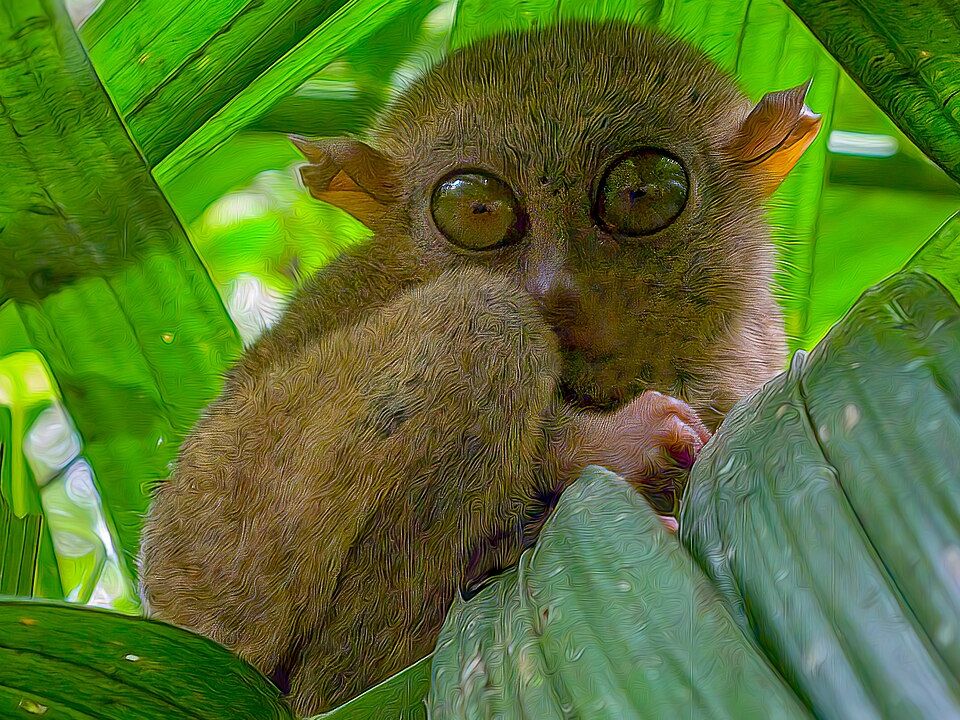
The Philippine tarsier is a tiny primate known for its large eyes and long fingers, making it one of the most unique species in Southeast Asia. This nocturnal animal is found only in the Philippines and is primarily active at night, hunting insects and small vertebrates. Despite its small size, the tarsier plays an important role in its ecosystem by keeping insect populations in check.
Unfortunately, the Philippine tarsier is threatened by habitat destruction, particularly from logging and land conversion for agriculture. Conservationists are working to protect the remaining forests and raise awareness about the importance of preserving this unique species. The Philippine tarsier is an important symbol of the rich biodiversity found in the Philippines.
Luzon Bleeding-heart (Philippines)

The Luzon bleeding-heart is a species of dove found only on the Philippine island of Luzon. Its distinctive plumage, which includes a red patch on its chest, gives the bird its name. The Luzon bleeding-heart is a ground-dwelling bird that feeds on seeds and fruits, often found in dense forested areas.
Deforestation poses a serious threat to the bird’s habitat, and although conservation efforts are underway, the Luzon bleeding-heart remains vulnerable to extinction. Protecting the forests of Luzon is critical not only for the survival of this unique bird but also for the many other species that call the island home.
Sumatran Tiger (Indonesia)
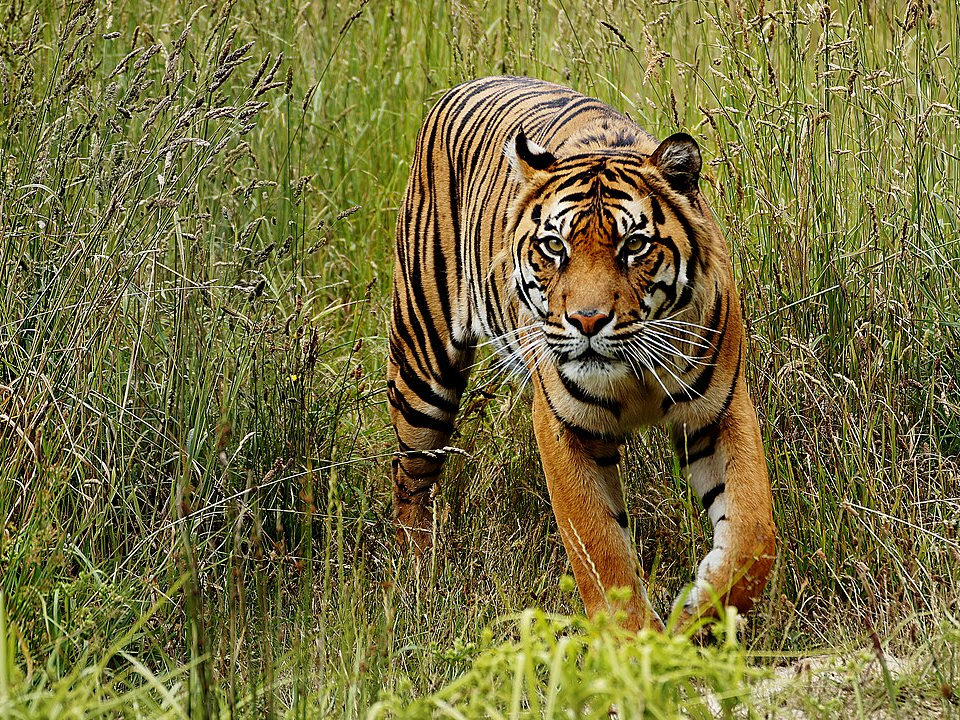
The Sumatran tiger is found only on the island of Sumatra in Indonesia and is critically endangered. With fewer than 400 individuals left in the wild, the Sumatran tiger’s population continues to decline due to habitat loss and poaching. This subspecies of tiger is known for its distinctive orange and black stripes, and it plays a vital role in maintaining the balance of its ecosystem.
Conservationists are working to protect the Sumatran tiger’s remaining habitat by combating illegal logging and hunting. Additionally, anti-poaching laws are being enforced to prevent further declines in the population. The Sumatran tiger remains a symbol of the rich biodiversity of Indonesia’s forests, which are under threat from human activities.
Hawksbill Turtle (Indian and Pacific Oceans)
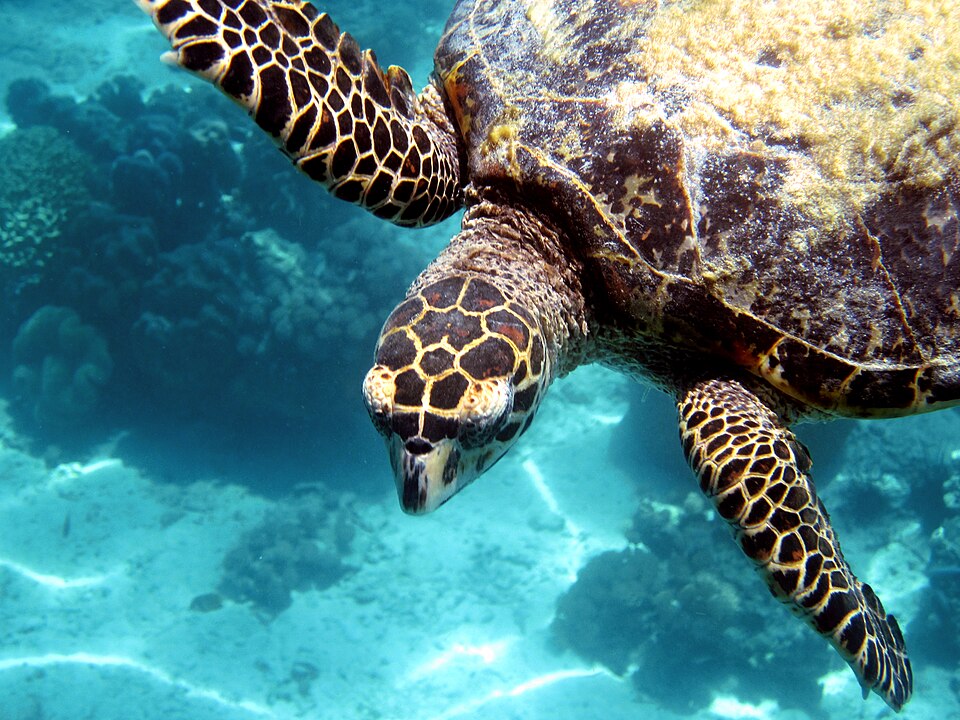
The hawksbill turtle is a critically endangered species that is found primarily in tropical coral reefs. Its beautiful shell is often the target of illegal trade, as its hard, colorful shell is highly valued. The hawksbill turtle is important to the marine ecosystem, helping to maintain the health of coral reefs by eating sponges.
This turtle’s population has been significantly reduced due to habitat destruction, illegal hunting, and accidental capture in fishing gear. Protection of nesting sites and marine reserves is essential to ensure the survival of the hawksbill turtle. While conservation efforts are underway, the species remains vulnerable to further decline.
Tapanuli Orangutan (Indonesia)
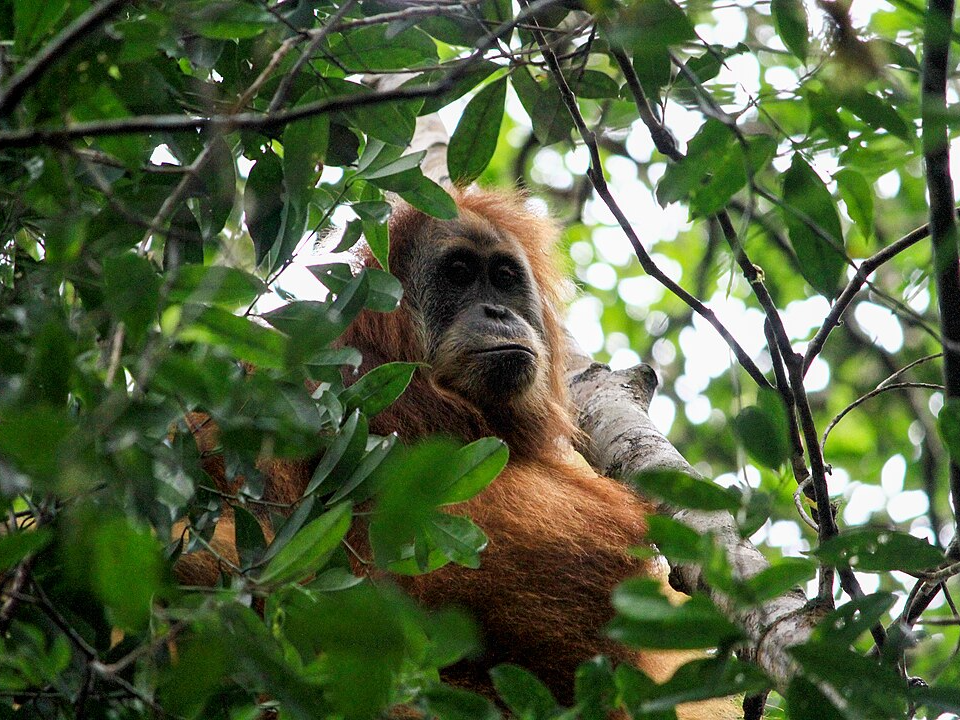
The Tapanuli orangutan is a critically endangered species found only in the Batang Toru ecosystem in Sumatra, Indonesia. This orangutan species was only recently identified in 2017, and it is estimated that fewer than 800 individuals remain in the wild. These orangutans live in dense forest areas, feeding on fruits, leaves, and bark.
The Tapanuli orangutan faces numerous threats, including deforestation for palm oil plantations and poaching. Efforts are being made to protect the habitat of the Tapanuli orangutan, but their small population and restricted range make them particularly vulnerable. The Tapanuli orangutan is a unique species that underscores the importance of forest conservation in Indonesia.
Lesser Antillean Iguana (Caribbean)
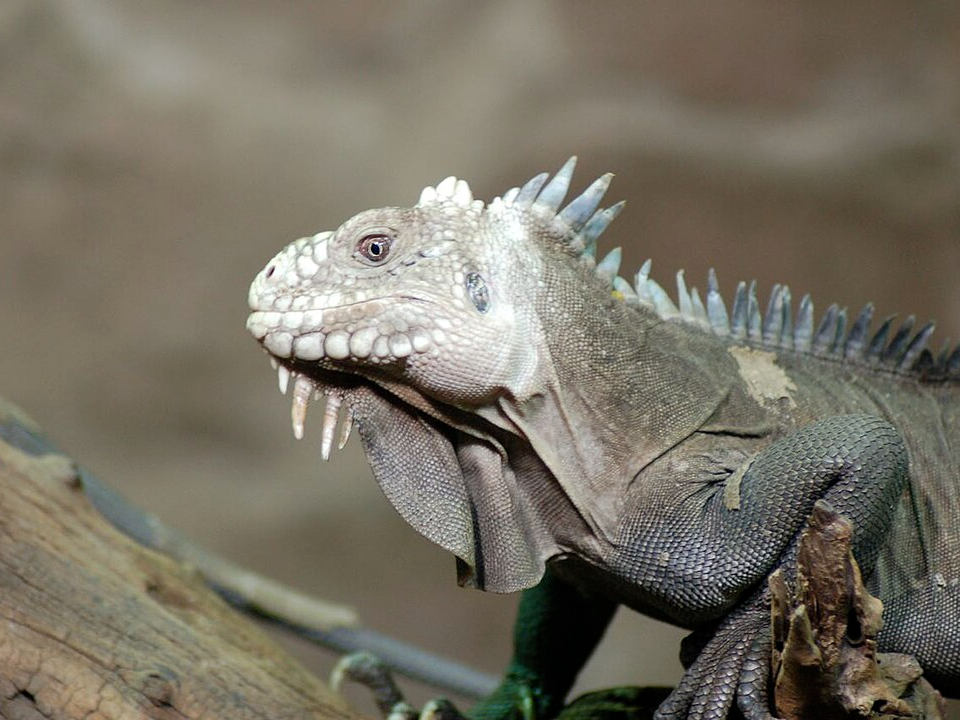
The Lesser Antillean iguana is a species native to the small islands of the Lesser Antilles in the Caribbean. This large, herbivorous reptile is characterized by its greenish color and distinctive spiny crest along its back. Habitat destruction, along with the introduction of predators such as dogs and rats, has caused a rapid decline in the iguana population.
Conservation efforts are focused on restoring the iguana’s native habitat and reducing the threats posed by invasive species. The Lesser Antillean iguana’s plight highlights the importance of protecting island ecosystems, which are often vulnerable to both natural and human-induced changes. Despite these efforts, the iguana remains at risk of extinction.
Fiji Banded Iguana (Fiji)
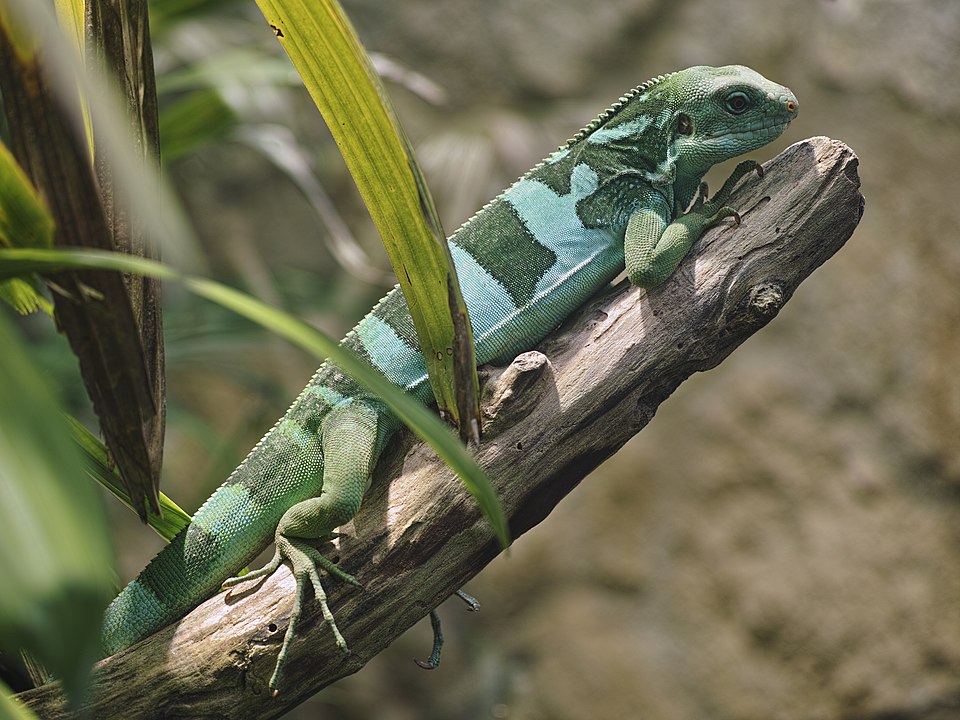
The Fiji banded iguana is a brightly colored species found only in Fiji. Its striking green and blue coloration makes it easily recognizable. This herbivorous iguana lives in the forested areas of Fiji, feeding on leaves, fruits, and flowers. The species is considered endangered due to the destruction of its natural habitat and the introduction of predators.
Efforts to protect the Fiji banded iguana include habitat restoration and programs to remove invasive species that threaten its survival. While it is not widely known, the species plays an important role in maintaining the ecological balance of the islands. Conservationists continue to monitor its population, hoping to prevent its extinction.
Kākā (New Zealand)
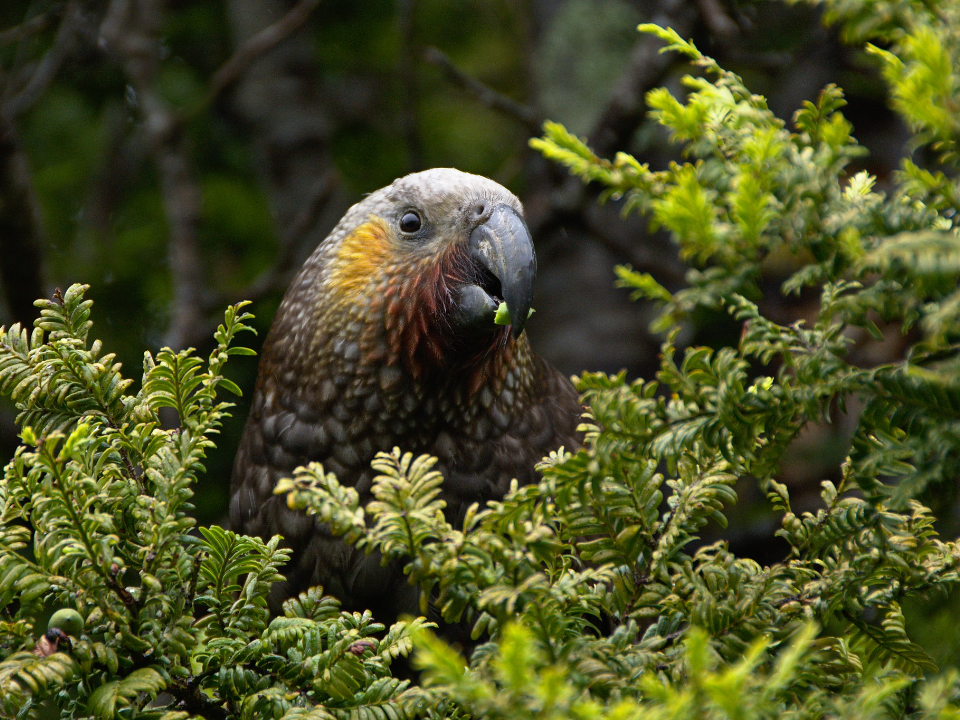
The kākā is a forest parrot native to New Zealand, known for its brownish-green feathers and vibrant orange underwing. Once widespread across the country, the kākā population has declined dramatically due to habitat destruction and predation by introduced species. These parrots are highly social and often live in small flocks, foraging on the ground and feeding on fruits, seeds, and flowers.
Conservation efforts have been successful in recent years, with increased awareness and action to protect the kākā’s native forest habitat. The establishment of predator-free areas and breeding programs has helped stabilize their numbers. However, the kākā remains vulnerable to the ongoing threats posed by habitat loss and predation.
This article originally appeared on Avocadu.
